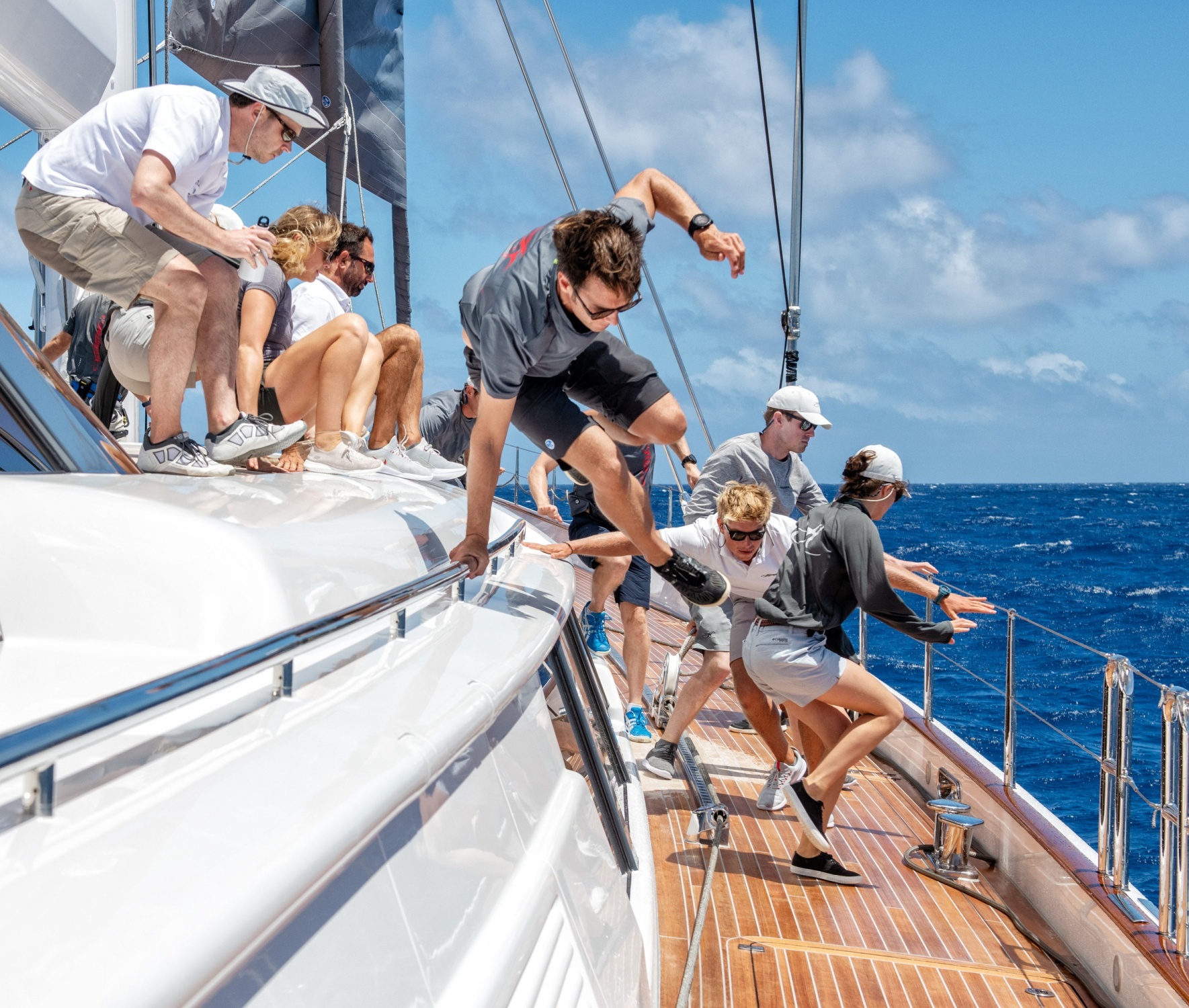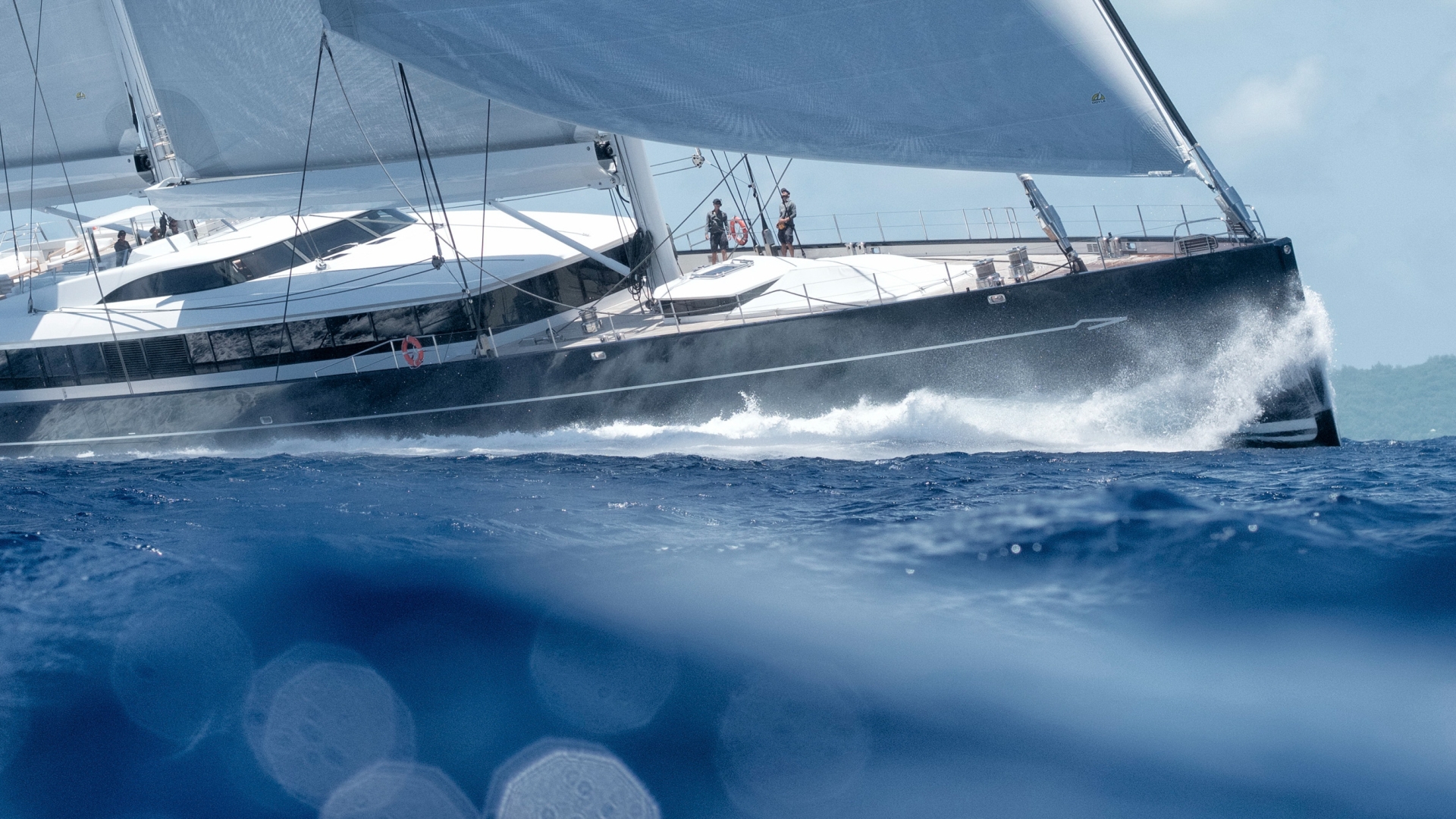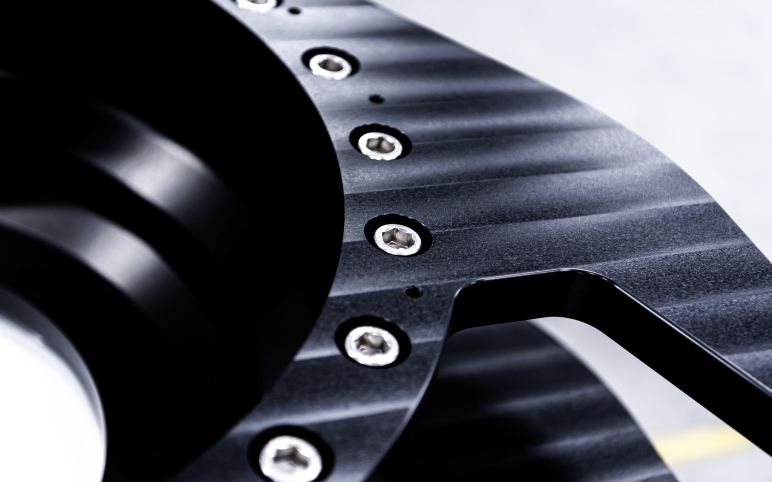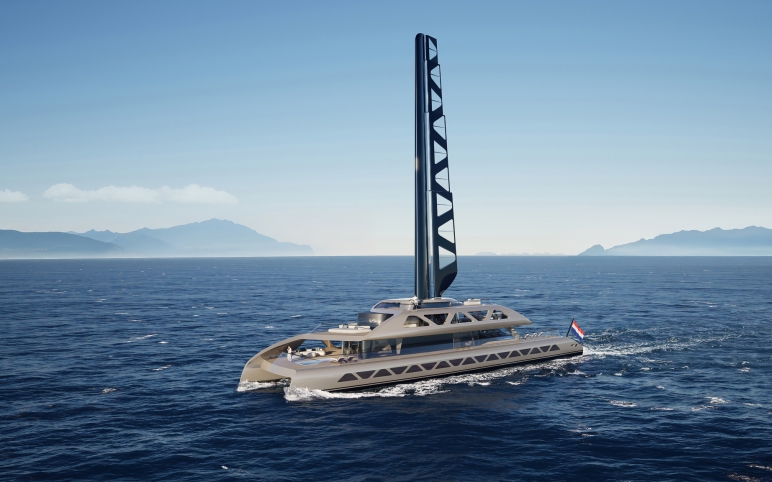THE SOLUTION IS
RIGOROUS TESTING
Is there a conflict between innovation and reliability? Hermen De Jong, innovation manager for Rondal says, “The solution is rigorous testing.” Not coincidentally, Rondal’s Core Values tagline is “Ultimate Reliability.” “We can develop prototypes and test them without waiting for a customer request. It can be costly, but not as costly as sending a product to sea without knowing if it works reliably.”
The Rondal innovation team works with leaders such as Artemis Technology, an offshoot of an America’s Cup program, and the Royal Dutch Aerospace Laboratory (NLR). Rondal and Artemis began developing a carbon fiber wing sail in 2022. This year, a nine-meter prototype of its automated, carbon composite wing sail for yachts is a finalist for the JEC Innovation Awards in the category Maritime Transportation & Shipbuilding.
Innovation has been a cornerstone of Rondal’s production since its founding and it has enjoyed being challenged to go further by knowledgeable owners. It was just such a push that led to the development of the hydraulic Performance Boom, the first system able to maintain constant outhaul tension of a mainsail furling into a boom. The first yacht featuring this product was Saudade, 112-foot sloop delivered in 1994. And since then the innovation and development of this performance boom have been ongoing.
With Performance Booms becoming an industry mainstay, four years ago Rondal turned its attention to slashing weight from captive winches via high-compression carbon fiber drums and weight savings in the aluminium frame. While previous captive winches had been hydraulic only, Rondal started researching high-voltage DC power captive winches already 8 years ago, with experiments that propelled the company to pole position in the race to equip DC-powered superyachts. “Our goal was DC winches as powerful as hydraulic winches, even though at the time we weren’t sure there would be a world market,” De Jong says. Rondal has now delivered a full suite of DC-powered captive winches to three exciting sailing superyachts: Baltic 142, Royal Huisman 404 and an undisclosed mega sailing yacht. “That captive winch program took guts and persistence,” De Jong noted. “But today, each of these winches cuts the weight of traditional captive winches by 20 percent and matches the pulling power of hydraulics.” These 24 ton winches will soon be eclipsed by even mightier models for a sloop with 32 ton pulling power and a holding force of 48 tons.
Also in R&D phase are applications for bio-resins and natural fibers, and a force-feedback system for joystick winch controls that give haptic feedback to the user –a system that enables the sailor’s to have a better feel for the force ramp-up on the sheets and that Rondal sees as an important safety measure as well.






.png&resolution=772x482&quality=100)